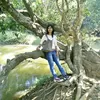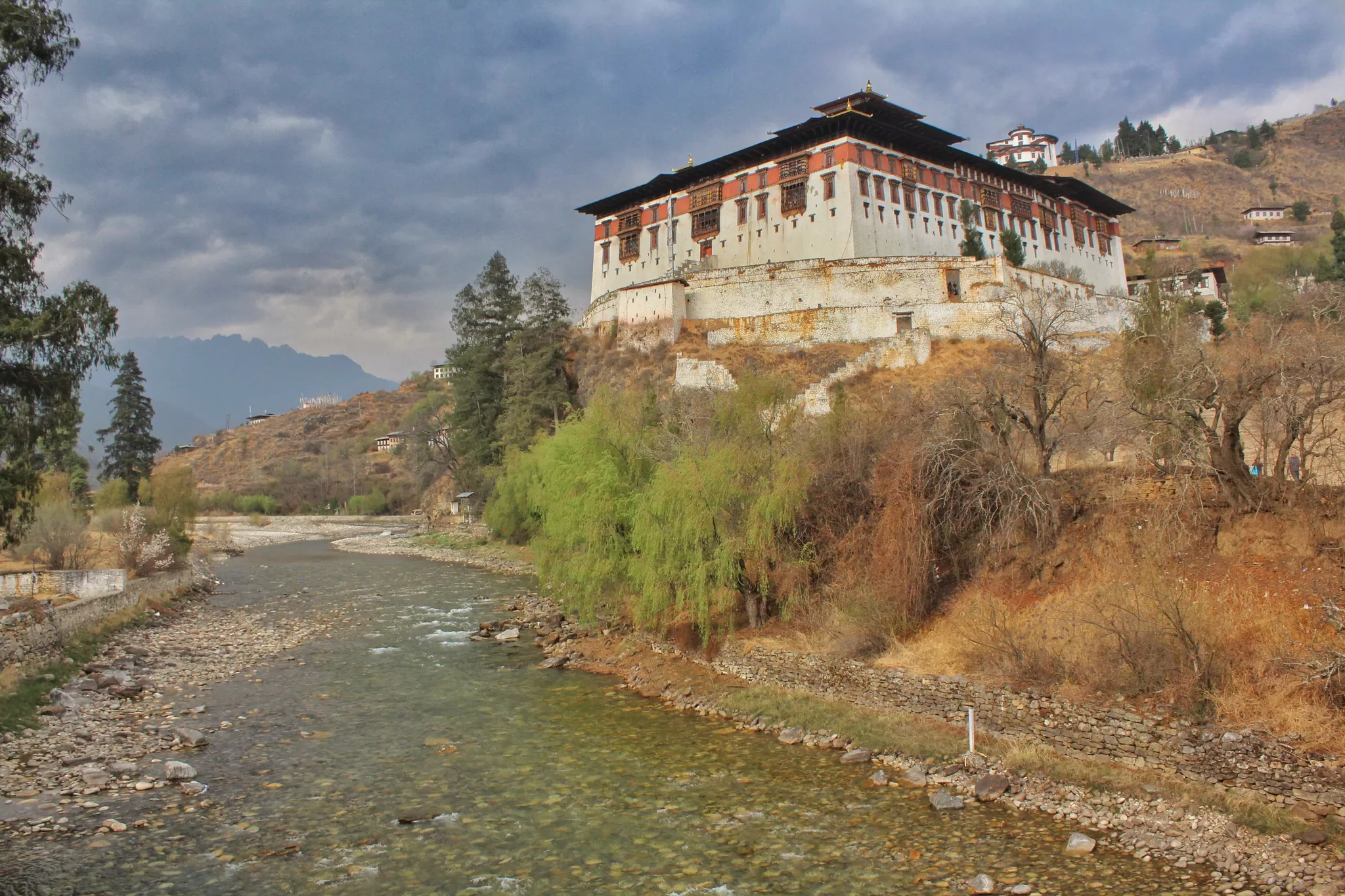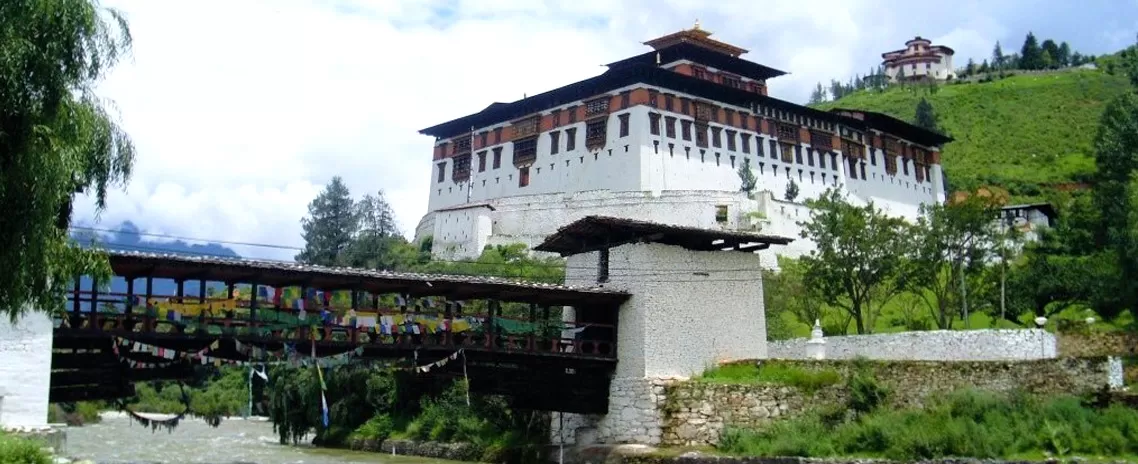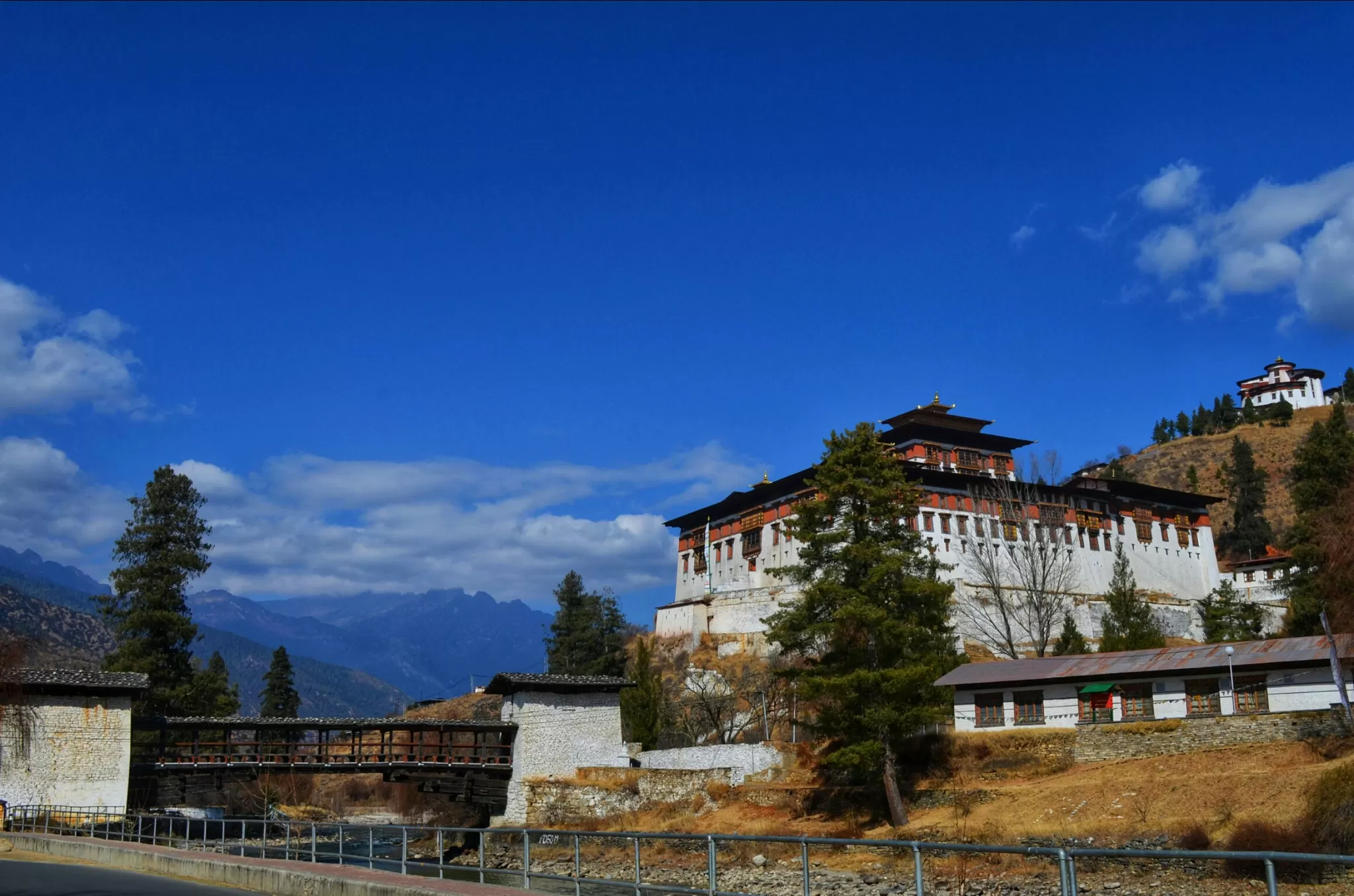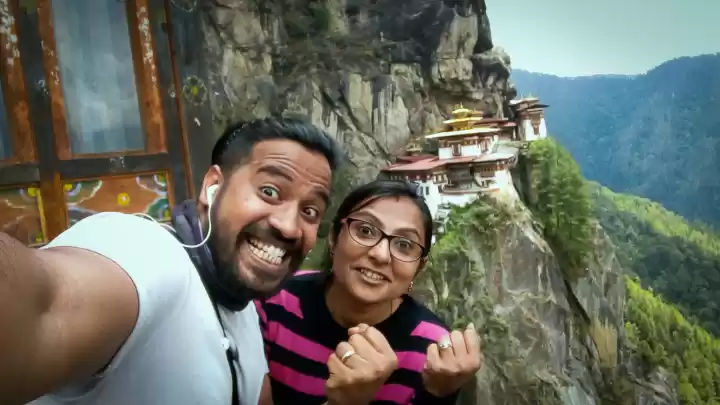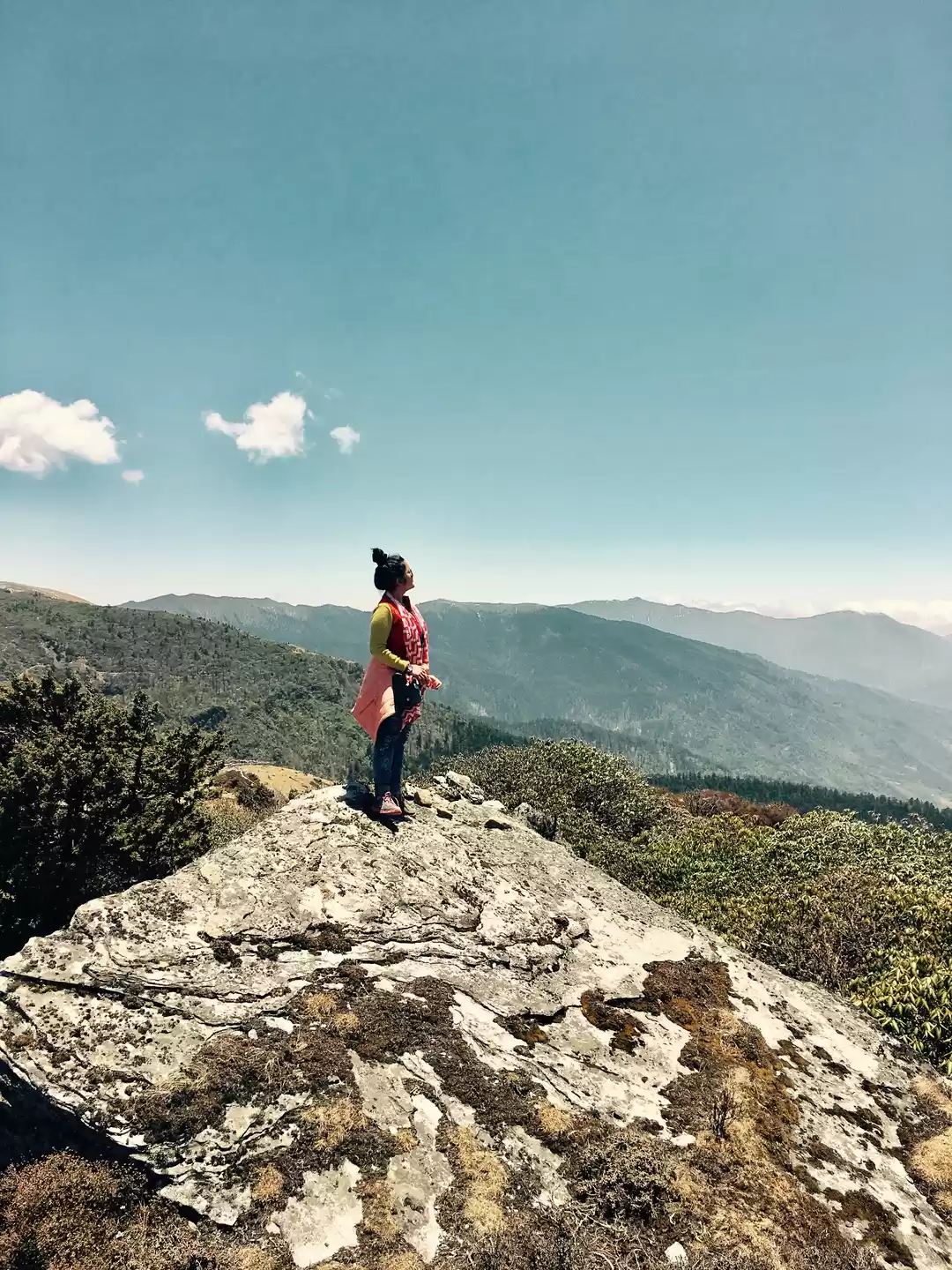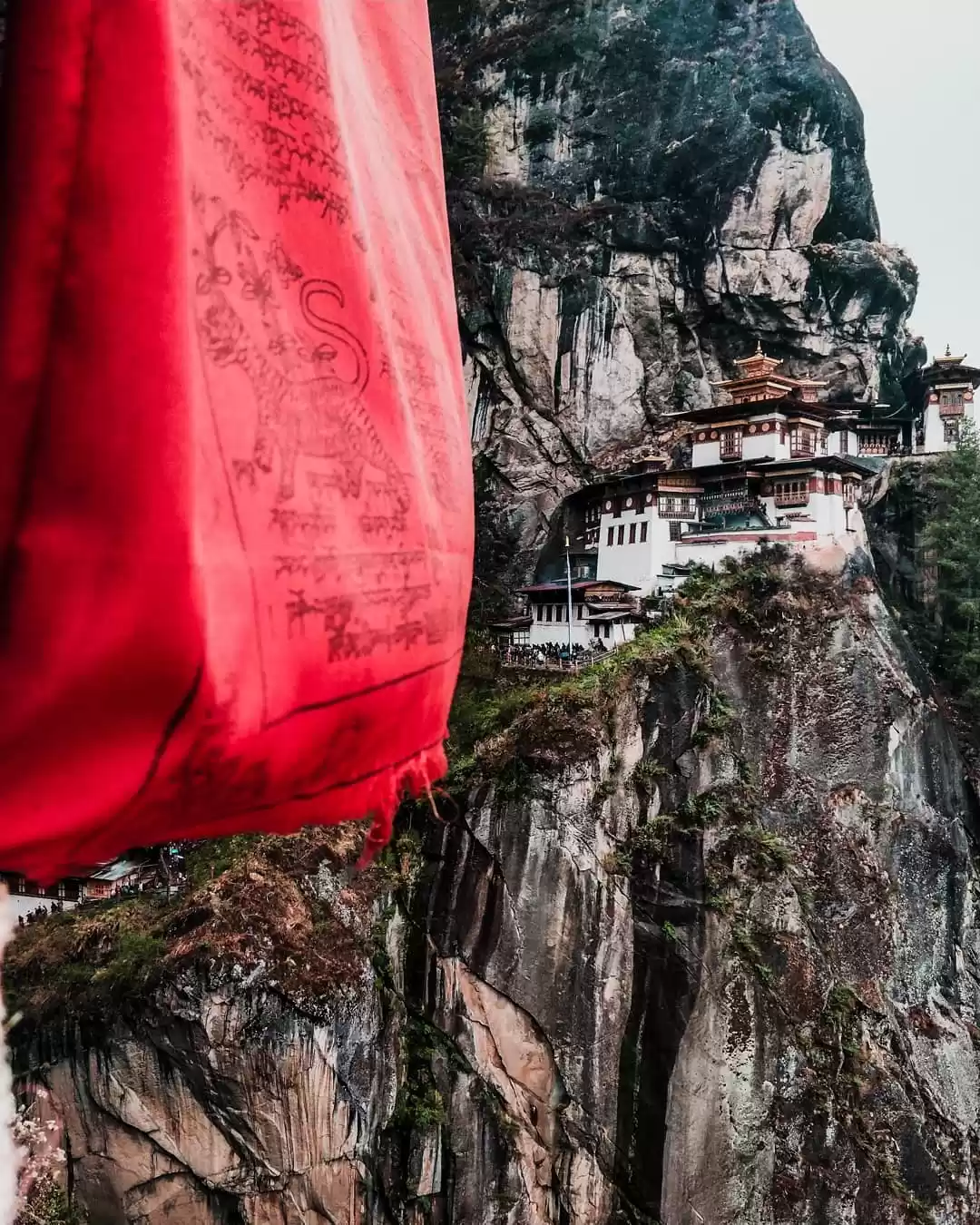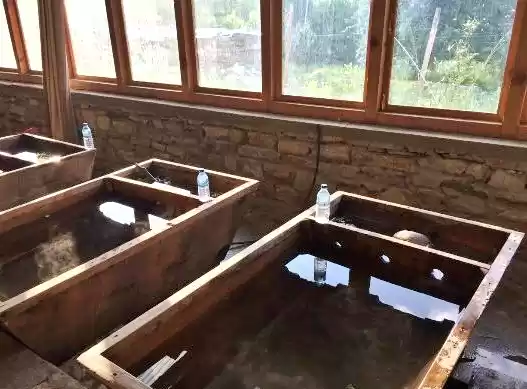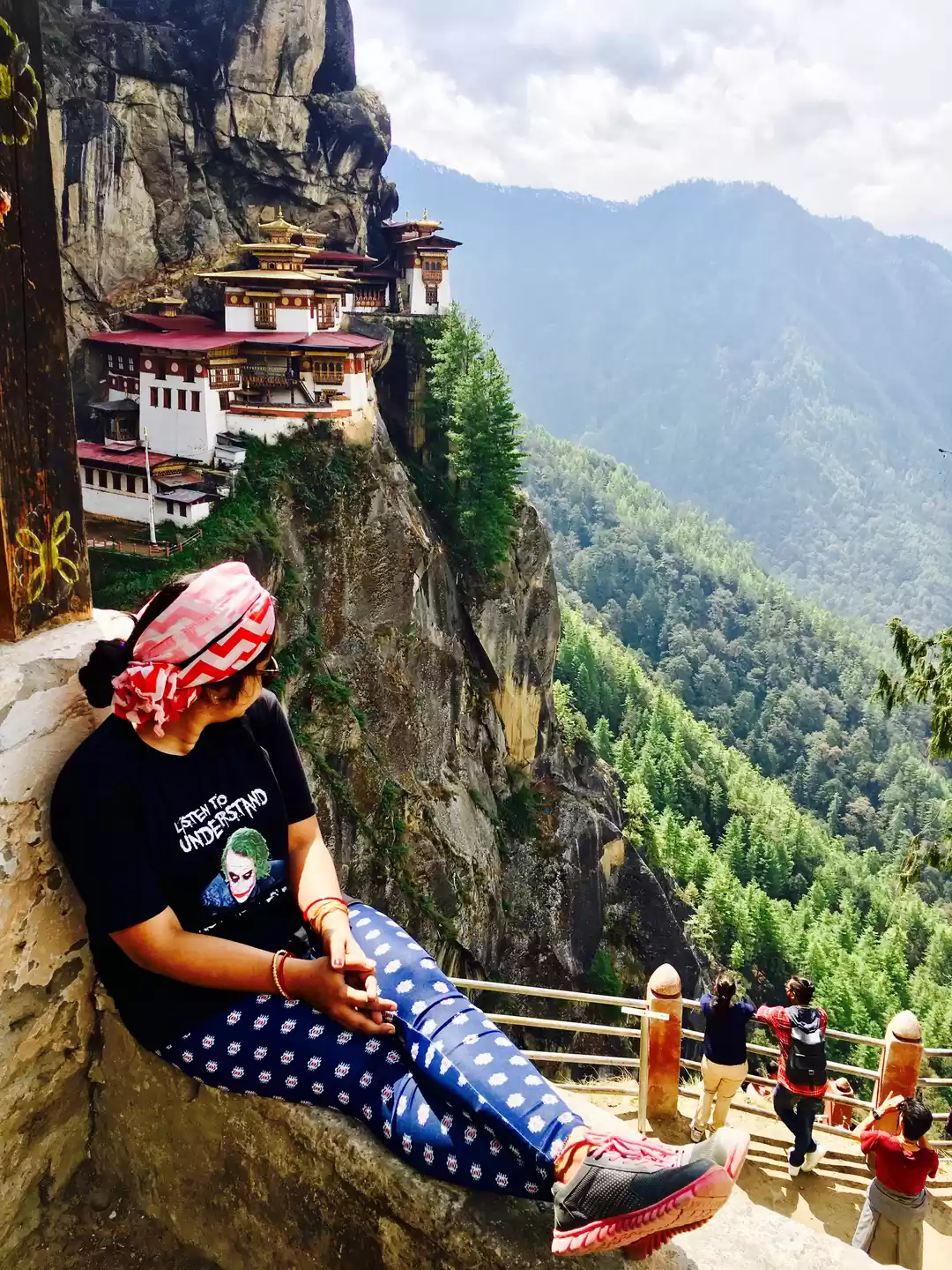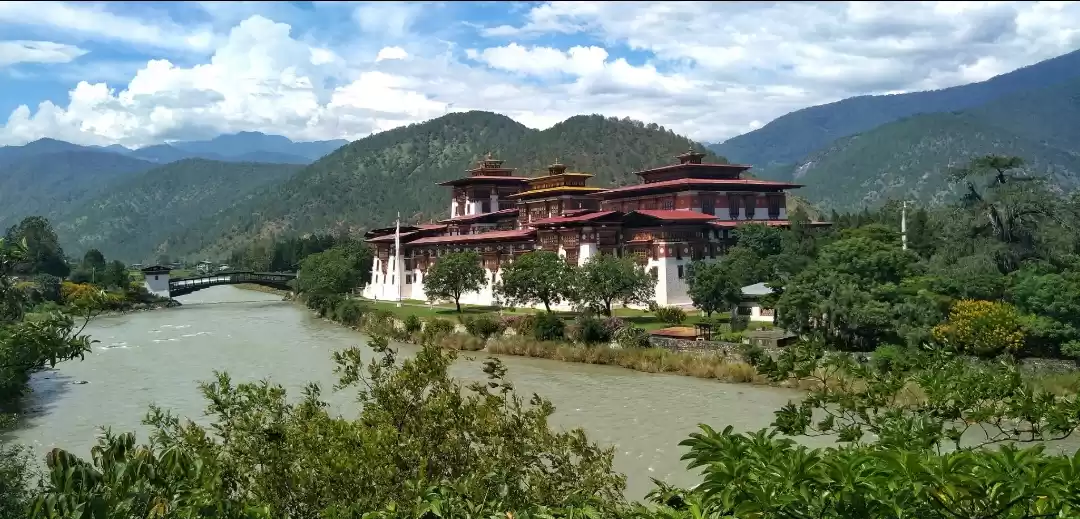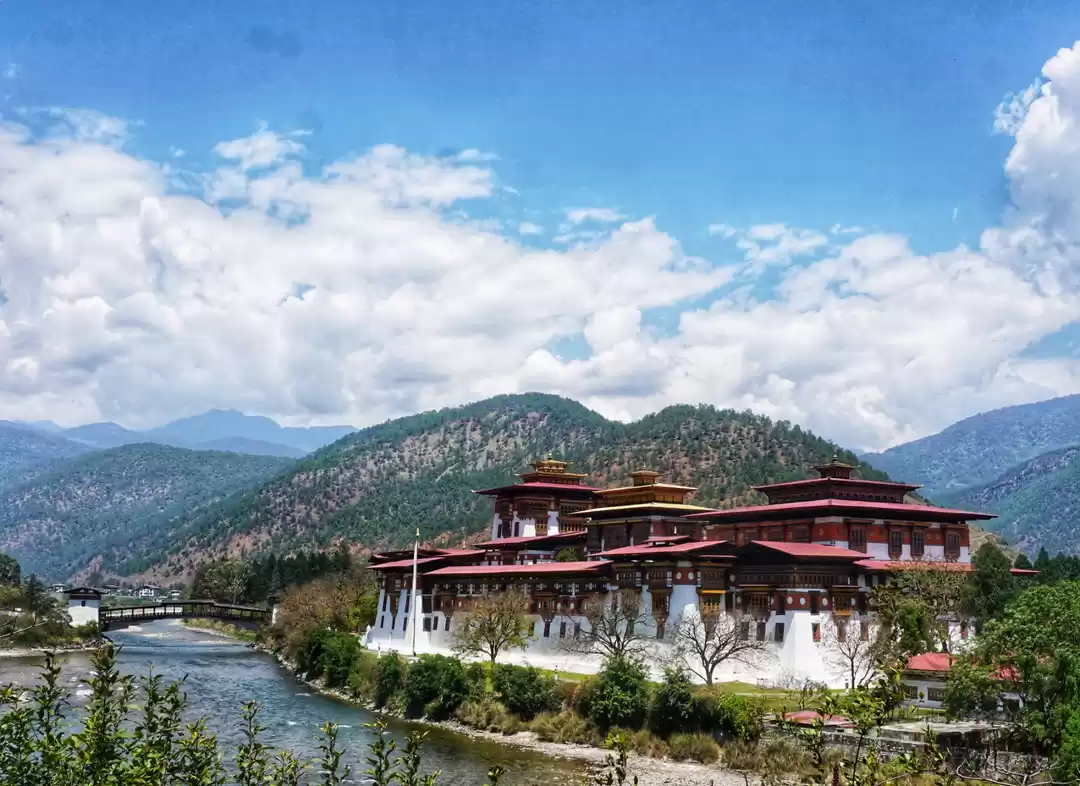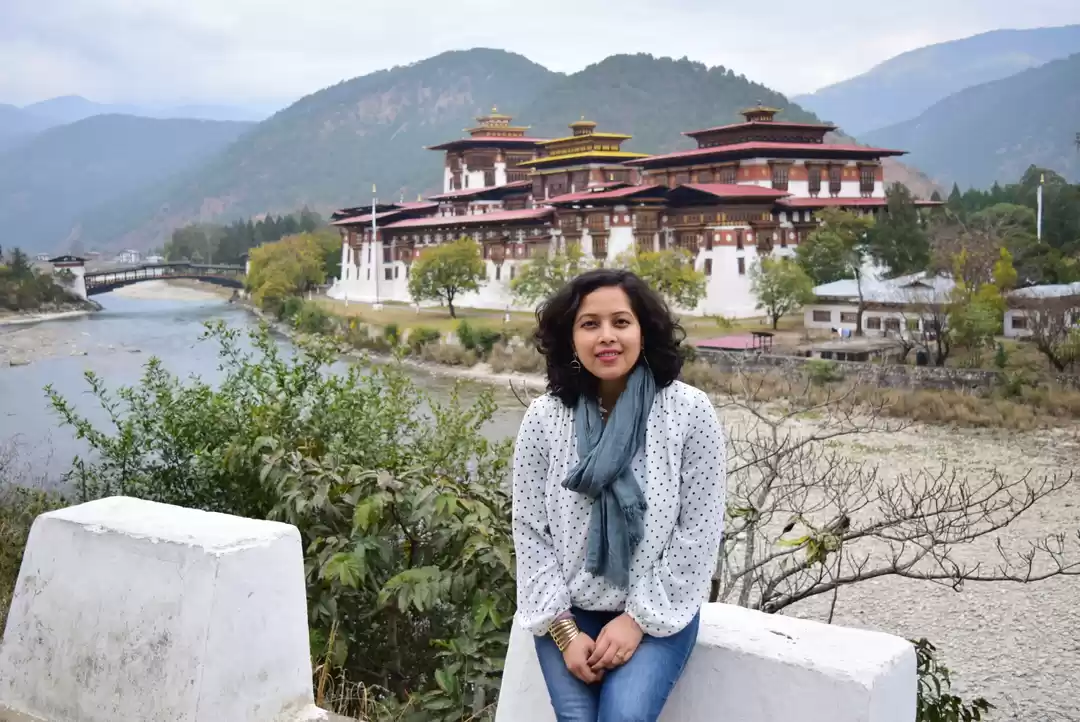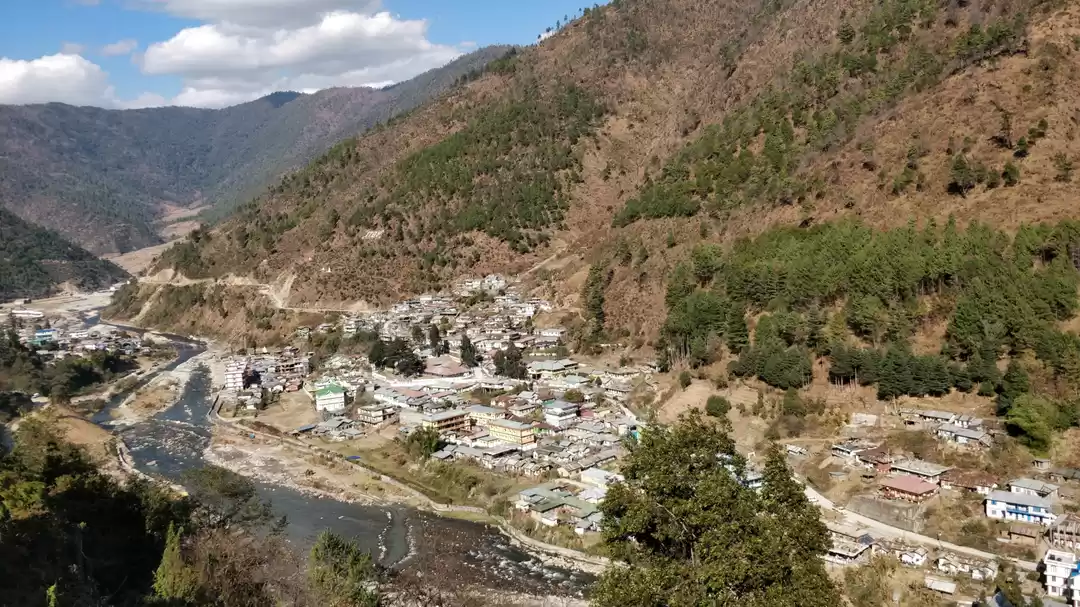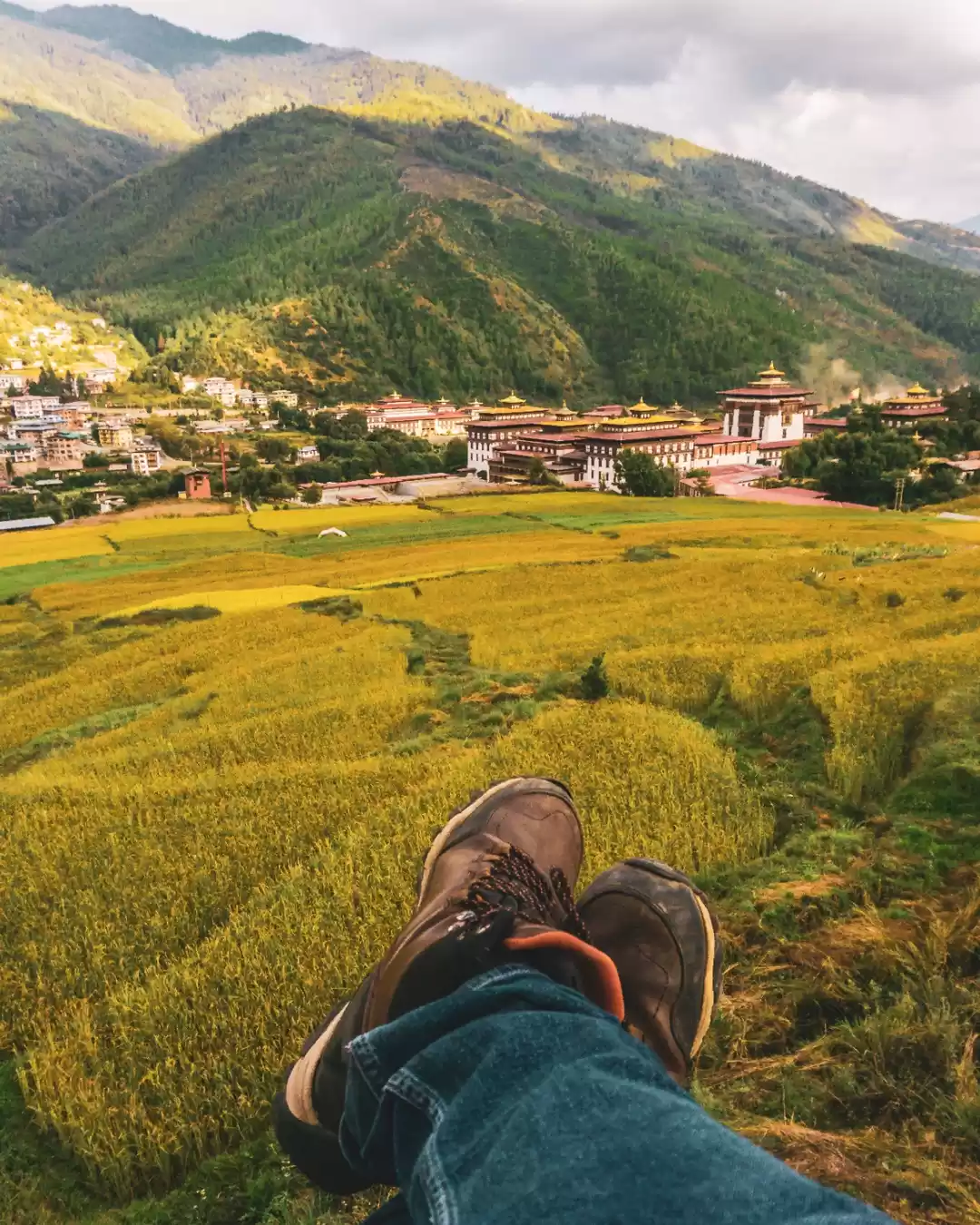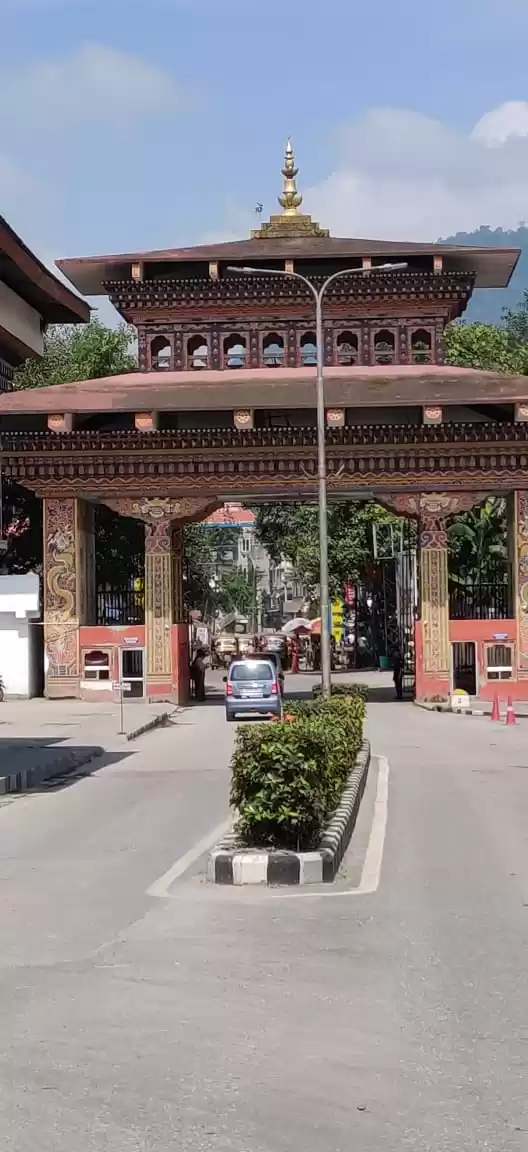Rinpung Dzong Paro is one of the most impressive and iconic landmarks in Bhutan, a small Himalayan kingdom that is often called the Land of the Thunder Dragon. Rinpung Dzong is a large fortress-monastery that serves as a religious and administrative center of Paro district, as well as a symbol of the unification of Bhutan as a nation-state. Rinpung Dzong is also a popular tourist attraction, especially during the annual Paro Tshechu festival, which showcases the rich and vibrant culture of Bhutan through colourful mask dances and rituals.
If you are planning a trip to Paro, Bhutan, you should not miss the opportunity to visit Rinpung Dzong and experience its beauty, history and significance. In this article, we will provide you with a comprehensive and informative guide on Rinpung Dzong Paro, covering its history, architecture, culture and attractions. We will also give you some tips and suggestions on how to make the most of your visit to Rinpung Dzong, as well as some information on other places to visit near Rinpung Dzong.
How to Reach Rinpung Dzong

Rinpung Dzong is located on a hill above the Paro Valley, overlooking the Paro River. It can be easily reached by a short drive from the Paro International Airport, which is the only international airport in Bhutan. You can take a bus or a taxi from the airport to Rinpung Dzong, which will take you about 15 minutes. Alternatively, you can also walk to Rinpung Dzong from the airport, which will take you about an hour. The walk is scenic and enjoyable, as you will pass through the green fields, the quaint villages and the traditional wooden bridge that leads to the dzong.
The wooden bridge, also known as Nyamai Zam, is one of the highlights of the route to Rinpung Dzong. It is a covered bridge that spans the Paro River and offers a stunning view of the dzong and the valley. The bridge was built in the 15th century and has been restored several times. It is decorated with colourful prayer flags and lanterns, and is considered a sacred and auspicious site. You can cross the bridge and enter the dzong through a large gate that is guarded by two stone lions.
Entry Fee and Timings of Rinpung Dzong
One of the best things about visiting Rinpung Dzong is that there is no entrance fee to enter the dzong. You can visit the dzong for free and explore its magnificent interior and exterior. However, you are expected to make a donation to the dzong, which will help in its maintenance and preservation. You can donate any amount you wish, but a minimum of 100 Bhutanese Ngultrum (about 1.3 USD) is recommended.
The timings of Rinpung Dzong vary according to the season and the daylight hours. In summer, the dzong is open from 8 a.m. to 6 p.m., while in winter, the dzong is open from 8 a.m. to 4:30 p.m. You should plan your visit accordingly and avoid visiting the dzong during the lunch break, which is from 1 p.m. to 2 p.m.
When you visit Rinpung Dzong, you should also follow some rules and etiquette that are common in Bhutanese culture. You should wear modest clothing that covers your arms and legs, and avoid wearing hats, sunglasses, shorts, skirts, tank tops, etc. You should also remove your shoes before entering the shrines and chapels inside the dzong, and refrain from taking pictures or videos inside them. You can take pictures and videos outside the dzong, but you should respect the privacy and dignity of the monks and the locals who live and work in the dzong.
What to See and Do in Rinpung Dzong
Rinpung Dzong is a masterpiece of Bhutanese architecture and artistry, which reflects the Buddhist philosophy and values of the country. The dzong was built in the 15th century by the local ruler Gyelchok and later expanded by his nephew Zhabdrung Ngawang Namgyal, who unified Bhutan as a nation-state. The dzong was damaged by fire, earthquake and war several times, but was always restored by the Bhutanese. The dzong has a unique design that incorporates both defensive and aesthetic features, such as high walls, watchtowers, courtyards, galleries, corridors, stairs and windows.
Rinpung Dzong is not only a place of worship and administration, but also a place of celebration and culture. The dzong hosts the annual Paro Tshechu festival, which is one of the biggest and most popular festivals in Bhutan. The festival is held in spring, usually in March or April, and lasts for five days. The festival features colourful mask dances and rituals that depict the life of Guru Rinpoche, the founder of Tibetan Buddhism. Thousands of locals and visitors gather at the dzong to witness the festivities and receive blessings. The festival is a great opportunity to experience the rich and vibrant culture of Bhutan, as well as to mingle with the friendly and hospitable people of Paro.
When you visit Rinpung Dzong, you should also make sure to enjoy the stunning views of the dzong and the valley from different angles and perspectives. You can find some of the best viewpoints from the wooden bridge, the watchtower, the courtyard and the gallery. You can also take some amazing pictures and videos of the dzong and the valley, as well as of the monks and the locals who live and work in the dzong. You can also buy some souvenirs and handicrafts from the shops and stalls near the dzong, such as prayer flags, prayer wheels, masks, thangkas, jewellery, etc.
Places to Visit Near Rinpung Dzong
Rinpung Dzong is not the only attraction in Paro, Bhutan. There are many other places to visit and things to do in Paro, which can make your trip more enjoyable and memorable. Some of the places to visit near Rinpung Dzong are:
1. The Tiger’s Nest Monastery
The Tiger’s Nest Monastery, which is also known as Paro Taktsang, which is one of the most famous and sacred sites in Bhutan. It is a monastery that is perched on a cliff, about 900 meters above the Paro Valley. It is said that Guru Rinpoche flew to this spot on the back of a tigress and meditated there for three years. The monastery can be reached by a hike of about 4 hours, which is challenging but rewarding. The monastery offers a breathtaking view of the valley and the mountains, as well as a spiritual and serene atmosphere.
2. The National Museum of Bhutan
The National Museum of Bhutan, which is also known as Ta Dzong, which is a former watchtower that was converted into a museum in 1968. It is located on a hill above Rinpung Dzong, and can be reached by a short walk or drive. The museum displays a collection of artefacts, artworks and exhibits that showcase the history, culture and natural heritage of Bhutan. The museum also has a circular shape that represents the wheel of life, a Buddhist concept of cyclic existence.
3. The Chele La Pass
The Chele La Pass, which is the highest motorable road in Bhutan, which is about 35 km from Paro. It is a scenic drive that passes through dense forests, waterfalls, and meadows. The pass offers a panoramic view of the snow-capped mountains, including the Jomolhari, the second highest peak in Bhutan. The pass is also a good spot for hiking, biking, and birdwatching. You can also visit the Kila Nunnery, which is a secluded monastery that houses about 60 nuns who practice meditation and asceticism.
Rinpung Dzong Paro is a majestic fortress-monastery that is worth visiting for anyone who wants to experience the beauty, history and culture of Bhutan. It is a place where you can admire the stunning architecture and artistry, learn about the religious and administrative functions, witness the colourful and vibrant festivals, and enjoy the breathtaking views of the dzong and the valley. It is also a place where you can interact with the friendly and hospitable people of Paro, who will welcome you with their smiles and warmth.



